This article was originally published in the January/February 2022 Issue of the WatchTime print magazine.
Seiko celebrated its 140th anniversary in 2021 with a number of special models. In addition to a modern reinterpretation of the Prospex Diver’s watch from 1970 created for the adventurer Naomi Uemura, there was also an unlimited edition of the world-famous dive watch, which we put to our test.
In contrast to the limited edition, the unlimited version of this Seiko Prospex model, our test watch, has a roughened matte dial in charcoal gray, much like the original from 1970. By placing the date between 4 and 5 o’clock, 12 bold hour markers can be applied, with a double-bar marker at 12 o’clock, for perfect orientation.
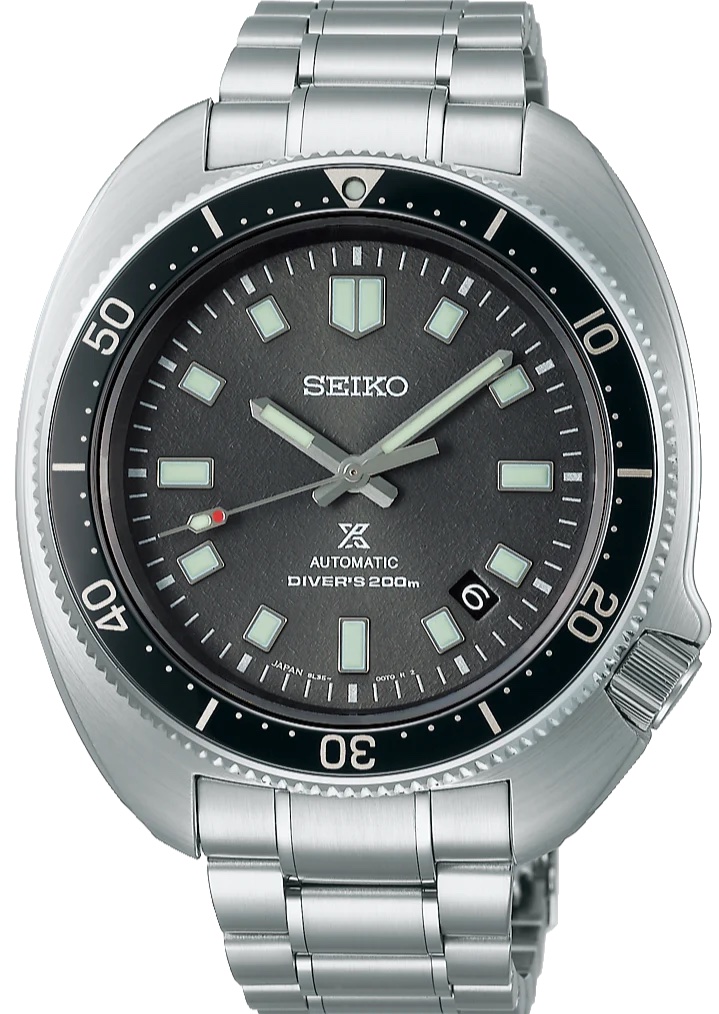
The hour and minute hands, the tip of the second hand, and the indexes are all generously coated with Lumibrite, Seiko’s own luminous material, to ensure optimal nighttime legibility. The orientation point on the dive bezel seems to take a conscious backseat. The unidirectional bezel, which is rendered in the same gray color as the dial, clicks in half-minute increments and is engraved to the exact minute. It encircles a domed crystal with anti-reflective coating on the inside, which contributes to the excellent overall legibility and scratch resistance.
The hard coating on the alternating polished and brushed surfaces of the asymmetrical case, which is widely used on Seiko dive watches, protects against scratches. The recognizable crown screws down inside a nicely shaped, ergonomic crown guard at 4 o’clock. But unscrewing the crown takes a good deal of strength and pulling it to the different setting positions requires a strong fingernail; returning the crown to its screwed-down position also requires some effort. Yet this operation provides a feeling of solid security and water resistance, which the Prospex provides to a depth of 20 bar. The solid threaded caseback adds to this secure feeling. It is engraved with the image of a giant wave — a symbol of the dive watch profession.

The Prospex is also known for its movement, a specially designed caliber for use in professional dive watches. The automatic 8L35 movement is housed beneath the solid caseback. It is derived from the Grand Seiko Caliber 9S55, introduced in 1998 (after a 20-year pause) as the first mechanical watch movement from Grand Seiko. Caliber 8L35 appeared about two years later — specially modified for dive watches by watchmakers in the Shizukuishi Watch Studio Morioka in northern Japan and, like the Grand Seiko movement, assembled and adjusted by hand.
The 8L35 is comprised of 192 components and ticks at a rate of 4 Hz with a power reserve of more than 50 hours. Broadly speaking, this is a less refined version of the Grand Seiko 9S55 caliber with a larger balance wheel to manage the torque needed for advancing the hefty dive watch hands. And, with regard to the rate requirements, we see that the 8L35 is not subject to the same standards as the Grand Seiko caliber. For the accuracy of the 8L35 watch movement, the manufacturer states that the deviation range is +/-15 seconds per day. The movement in our test watch remained within these specifications with deviations between 6 and 7 seconds per day.

The Prospex is worn on a five-row, integrated steel bracelet, with a clasp equipped with a safety bar and a sturdy dive extension. It’s easy to see why this watch has been a professional underwater companion for more than half a century.
The Seiko Prospex Modern Interpretation of 1970 Diver’s Watch retails for $2,900.
To learn more about Seiko, click here, and to subscribe to the WatchTime print magazine, click here.

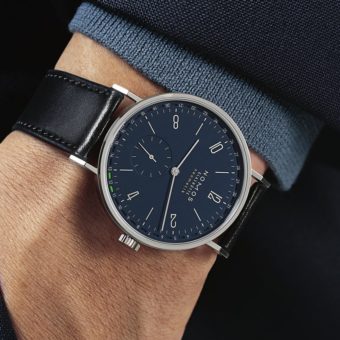


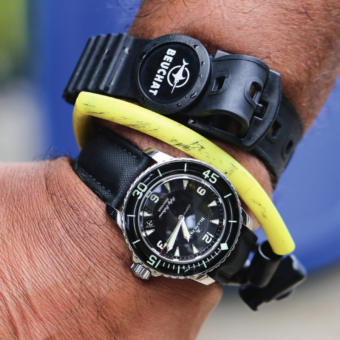
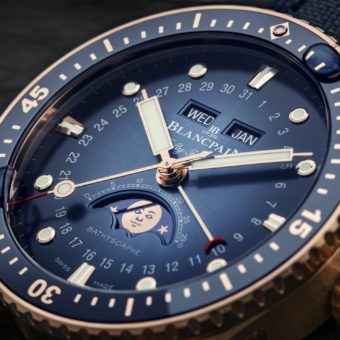
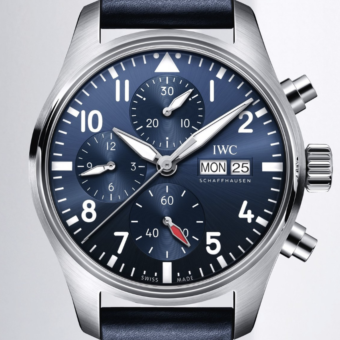
Love this piece…